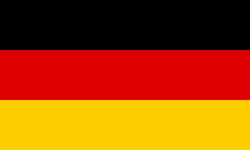European Payments Study 2022

How banks are holding on to the vital business in a changing world
After years of growth driven by increasing digitalization – a shift from cash to digital payment methods – the COVID crisis of 2020 brought the European economy to a slowdown. While digital payment methods continued to replace cash at an increased pace, European consumers were moving less and paying less frequently than before. With alternative payment methods emerging, the market became even more busy and the impact on the payment industry incumbents even more difficult to assess.
We asked ourselves: “Who is (still) earning in the European payment market?”
We set out to size the European retail (consumer) payment market based on eight representative economies and eight (arche)types of players – from banks to card schemes and from mobile wallets to payment providers. Within our “fee pool” model we explain the COVID-driven shifts and provide a view on developments for each archetype.
Given the currently less predictable macro environment rooted in the war in Ukraine and sanctions on trade with Russia, the still unclear outlook on new COVID variants and finally looming inflation, predicting the future was not an easy task. Therefore, we decided to stick to our (mostly GDP-driven) forecast as the base case scenario, outlining potential risks and upsides to the same based on the three key factors mentioned.
We are convinced that this study provides a unique insight into the retail payment market and makes a significant contribution to ongoing discussions in regulatory and market bodies on new payment standards and their potential impacts. Furthermore, it can serve as guidance to each individual player in the market assessing their own growth options.


